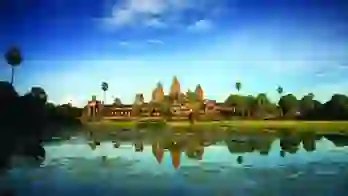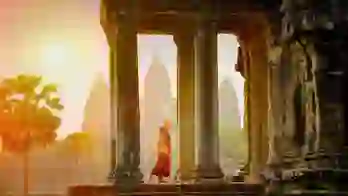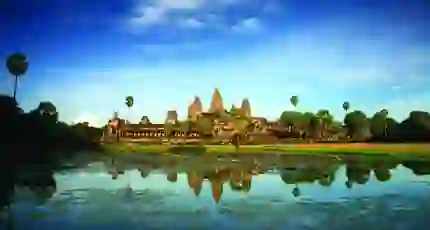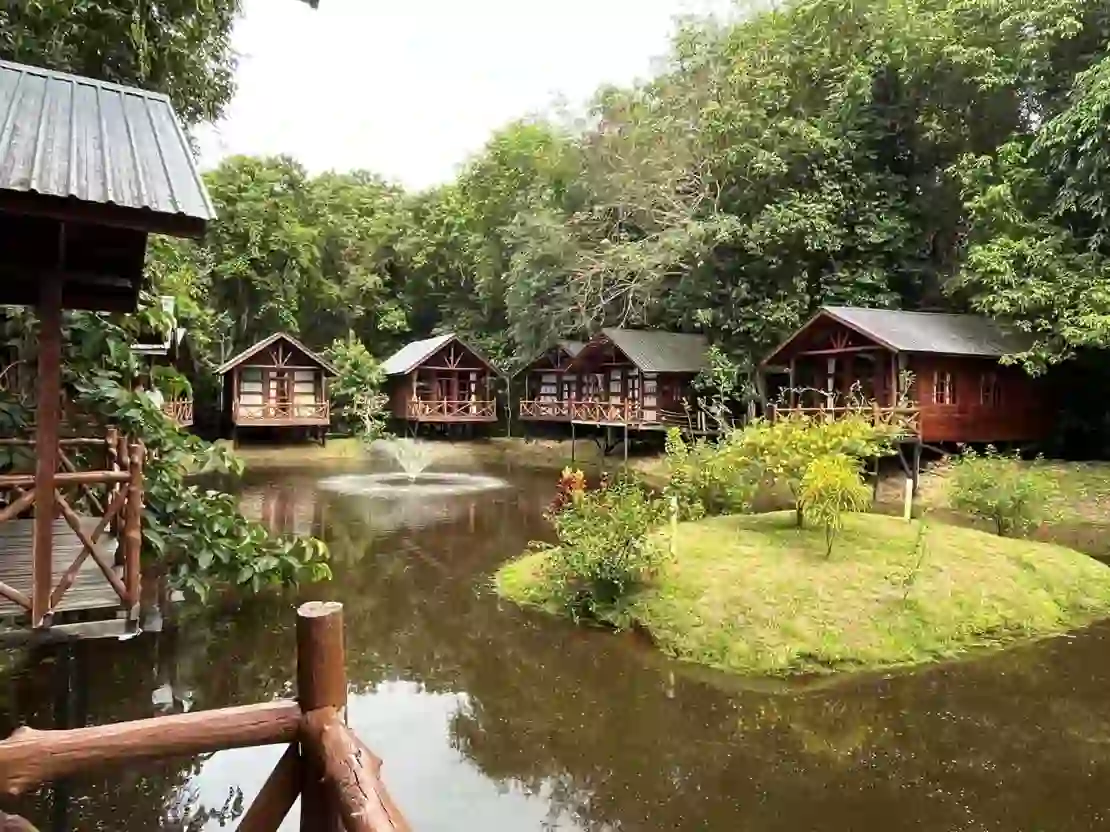
Vietnam Tours & Holidays
Escorted tours & holidays to Vietnam
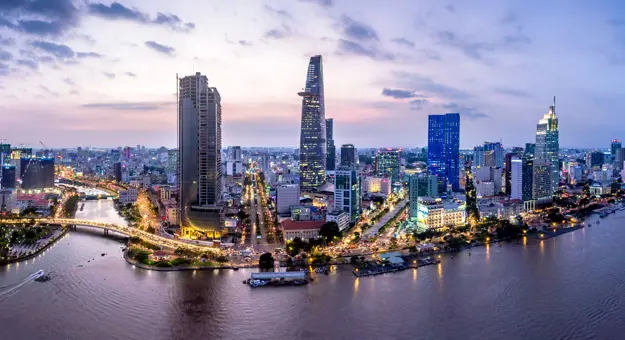
Float lazily past spectacular limestone karst islands aboard a traditional boat in HaLong Bay, soak up the sounds of Hanoi’s bustling streets and lose yourself in Ho Chi Minh City’s (formerly Saigon) Old French Quarter. Here especially, the memories of the Vietnam War still lie close to the surface. Explore the underground tunnels that formed a hidden city of sleeping quarters, hideouts and supply routes beneath the city, or honour the memory of the fallen in a cemetery of thousands of war victims.
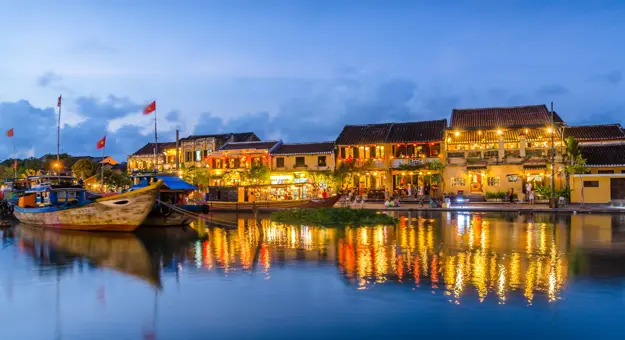
Leave Ho Chi Minh and head out to discover the calmer pace of life in the Vietnamese countryside. Travel south into the Mekong Delta’s scenic landscape of rice paddies, orchards and colourful market towns. Alternatively, head inland into terraced hillsides of rice paddies and forests teeming with over 9,000 different species of animal and bird. Here you’ll discover a timeless world of pagodas and monasteries, former Royal capitals and peerless sunsets. Stroll the historic cobbled streets of Hoi An, with its quaint cafes, traditional craft shops and brightly coloured lanterns, or stop by the city of Can Tho for a fascinating boat ride to its lively floating markets.
Join a Vietnam tour package with Newmarket Holidays and witness the breathtaking sights of this beautiful country and other parts of Southeast Asia.
Our Vietnam tours
- Exploring Bangkok's Buddhist palaces and monuments
- A visit to Ho Chi Minh City (formerly known as Saigon)
- Journey along the Mekong River by fast passenger boat
- Flights included
15 days from £3,034 pp
was £3,569 pp
Dates Available
April 2026 - November 2028
Duration
15 days
Depart From
5 airports
Excursions & Visits
9 included
Meals
27 included
- Discover the historical landmarks of Hanoi, including Hoa Lo Prison, the Ho Chi Minh Mausoleum and the Imperial Citadel
- Set sail on an overnight cruise around the spectacular Halong Bay, with a cooking class, squid fishing and morning tai chi
- See the Củ Chi tunnel complex while learning about the importance of this underground labyrinth
- Flights included
20 days from £4,603 pp
was £4,845 pp
Dates Available
October 2026 - November 2026
Duration
20 days
Depart From
1 airport
Excursions & Visits
16 included
Meals
36 included
- Travel to the magnificent Angkor Wat, the world’s largest religious structure, and discover the ‘lost city’ of Angkor Thom
- Set sail on an overnight cruise around the spectacular Halong Bay, with a cooking class, squid fishing and morning tai chi
- See the Củ Chi tunnel complex while learning about the importance of this underground labyrinth
- Flights included
14 days from £4,347 pp
was £4,575 pp
Dates Available
October 2026 - November 2027
Duration
14 days
Depart From
1 airport
Excursions & Visits
9 included
Meals
22 included
- Witness Bangkok’s spectacular Buddhist shrines and their grand meditating statues
- Take in the famous ‘HCMC’ – formerly known as Saigon – with guided stops at Reunification Hall, Xa Loi Pagoda and the War Remnants Museum
- Take in verdant riverside vistas as you cruise along the winding Mekong River
- Flights included
19 days from £3,225 pp
was £4,031 pp
Dates Available
April 2026 - November 2028
Duration
19 days
Depart From
5 airports
Excursions & Visits
9 included
Meals
31 included
- Discover the historical landmarks of Hanoi, including Hoa Lo Prison, the Ho Chi Minh Mausoleum and the Imperial Citadel
- Set sail on an overnight cruise around the spectacular Halong Bay, with a cooking class, squid fishing and morning tai chi
- See the Củ Chi tunnel complex while learning about the importance of this underground labyrinth
- Flights included
21 days from £4,455 pp
was £4,689 pp
Dates Available
January 2027 - November 2028
Duration
21 days
Depart From
1 airport
Excursions & Visits
16 included
Meals
37 included
Things to do in Vietnam
Vietnam is full of fascinating sights and experiences, from buzzing cities steeped in history to unspoilt beaches and striking natural landscapes. Indeed, Vietnam tours are truly magical. There are plenty of things to do in this enchanting land, but here are some of our top things to do.
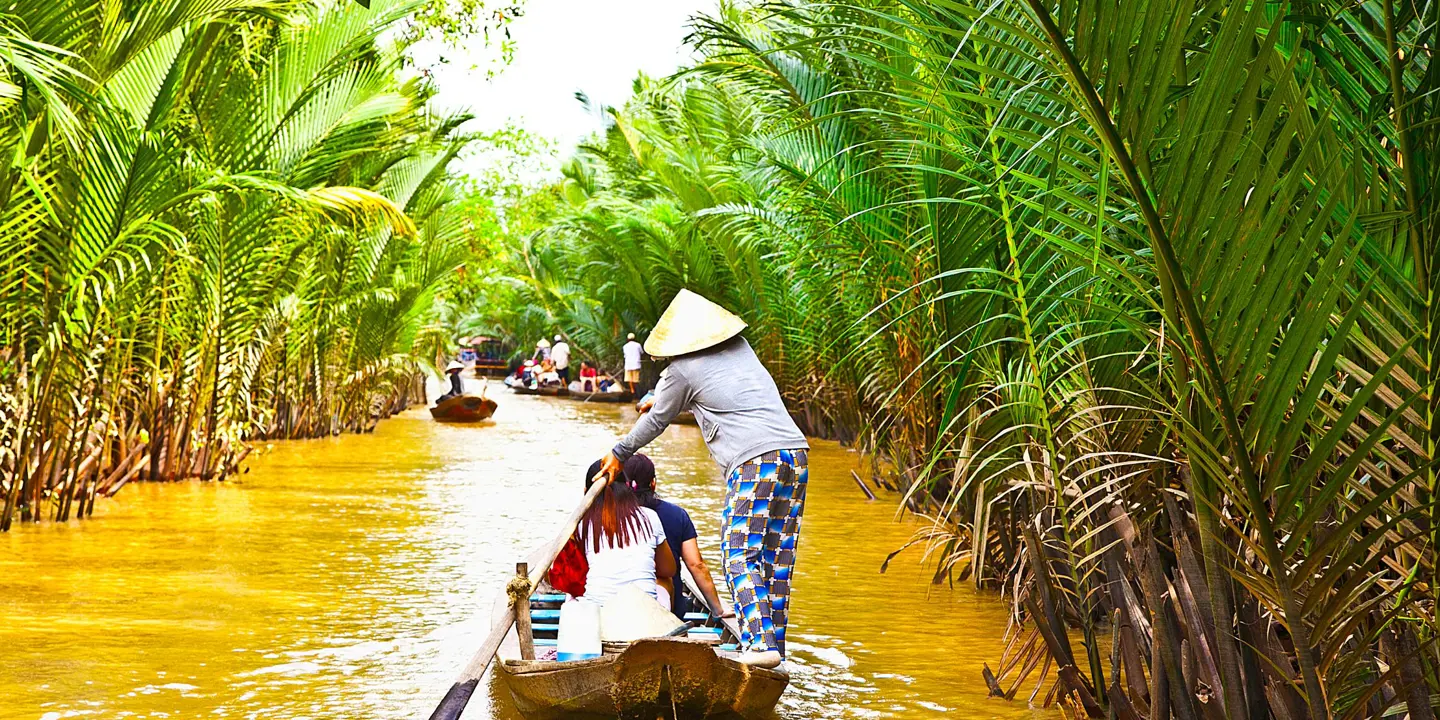
Journey through the Mekong River
Vietnam for solo travellers
Vietnam is an incredible place to explore, and travelling solo here offers the opportunity to experience its cities, unique traditions, and diverse scenery. With Newmarket Holidays, you’ll be part of a group of like-minded travellers, making it easy to share new experiences and meet people along the way. Our solo tours in Vietnam are designed to offer the perfect balance of adventure and convenience.
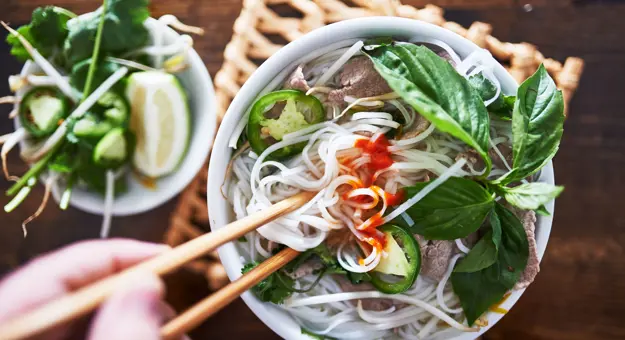
Food & Drink in Vietnam
Vietnam is a foodie paradise – its cuisine renowned for freshness and punchy flavours. Contrasting textures and flavours make Vietnamese cuisine stand out – with a brilliant balance of aromatics, spices, and sweet and sourness. Whether you're eating at humble street food stalls or glitzy fine dining establishments, you can be sure of mouthwatering meals throughout the country.
Tastes and flavours change from region to region. Each region in Vietnam has its own distinct specialities and signature dishes, with many restaurants and street vendors serving up fresh and locally sourced cuisine. You’ll find stir-fries and noodle-based soups in the north, heavily influenced by its Chinese neighbours. While in Hanoi, opt for Vietnam’s national dish – pho. It’s the best place to savour an authentic taste of this noodle soup dish, usually made with beef or chicken.
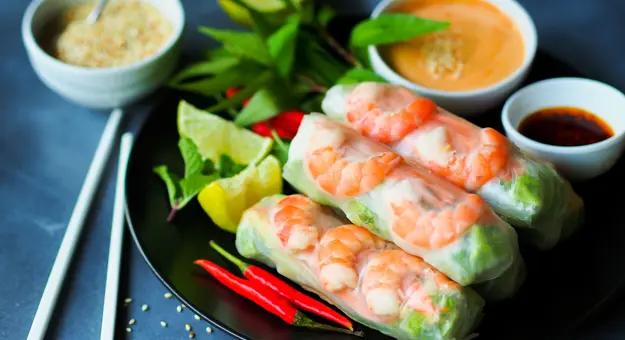
Further south, you’ll get a sweeter and spicier taste. The tropical climate here means more fruits and vegetables are available. Try banh mi, the famous Vietnamese baguette sandwich, influenced by its French colonial past. Don’t be fooled though, this sandwich is very Vietnamese, and often liberally garnished with fresh coriander, chilli sauce and lightly pickled vegetables. Other popular dishes to look out for on your holidays in Vietnam include bò kho, a beef stew usually served over noodles or accompanied by a bread roll, and bún riêu, a noodle soup made with crab paste and tomato and topped with meat or tofu.
Just in need of a snack? Try summer rolls. These crispy rolls consist of rice paper stuffed with shrimp, noodles and vegetables and are often served with a peanut sauce. Or, if you’re a really adventurous eater, there’s always the option to try some of Vietnam’s most unusual eats – fried crickets, snake meat or whole grilled frogs, anyone?
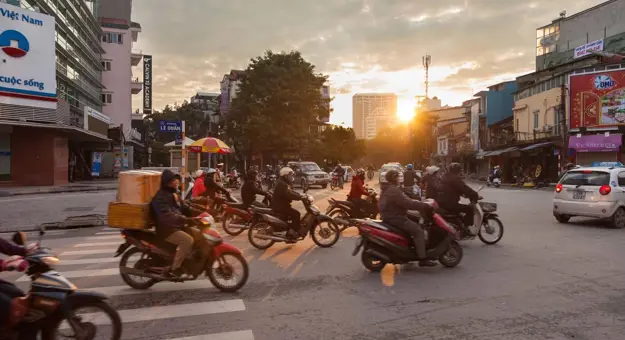
Vietnam Travel Guides
Planning your adventure in Vietnam is made easy with our travel guides. Whether you're planning a solo holiday or a multi-country adventure, we provide all the resources and inspiration needed for an unforgettable adventure.
Vietnam FAQs
First trip to Vietnam? Here are a few questions you might have.
Time Zone
GMT +7
Avg. Flight Time
11 hours 40 minutes (Hanoi)
Visa Required
Visa Required
Currency
Vietnamese dong (VND)
Discover our blog
Six things to do in Bangkok
If you want a tropical city break with plenty of culture, tasty cuisine and shopping opportunities, then Bangkok is the perfect travel destination.
Four things to do once you land in Luang Prabang, Laos
Luang Prabang things to do: Discover the best things to see and do in Laos' charming city. Read our blog and book your trip with Newmarket Holidays.
Staff Stories: The rainforests and orangutans of Borneo
Uncover the lush forests and rare primates of the beautiful island of Borneo.
